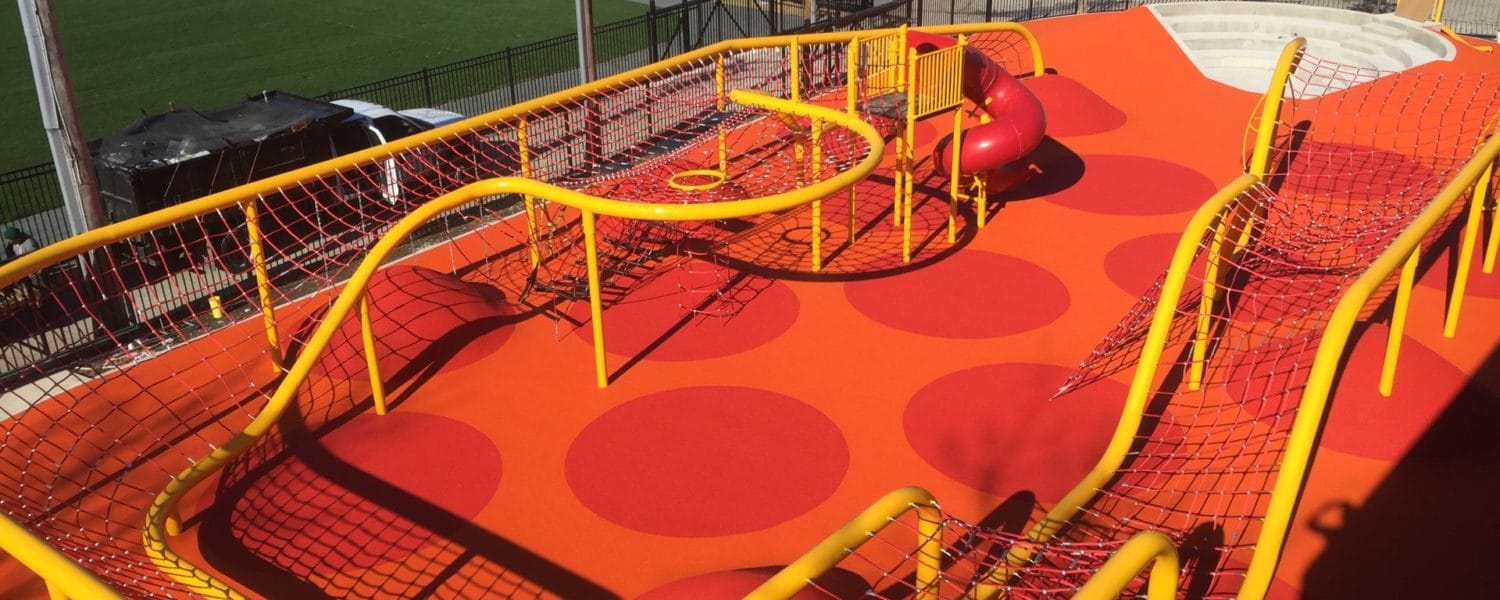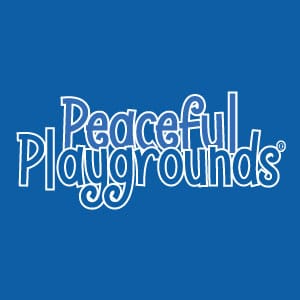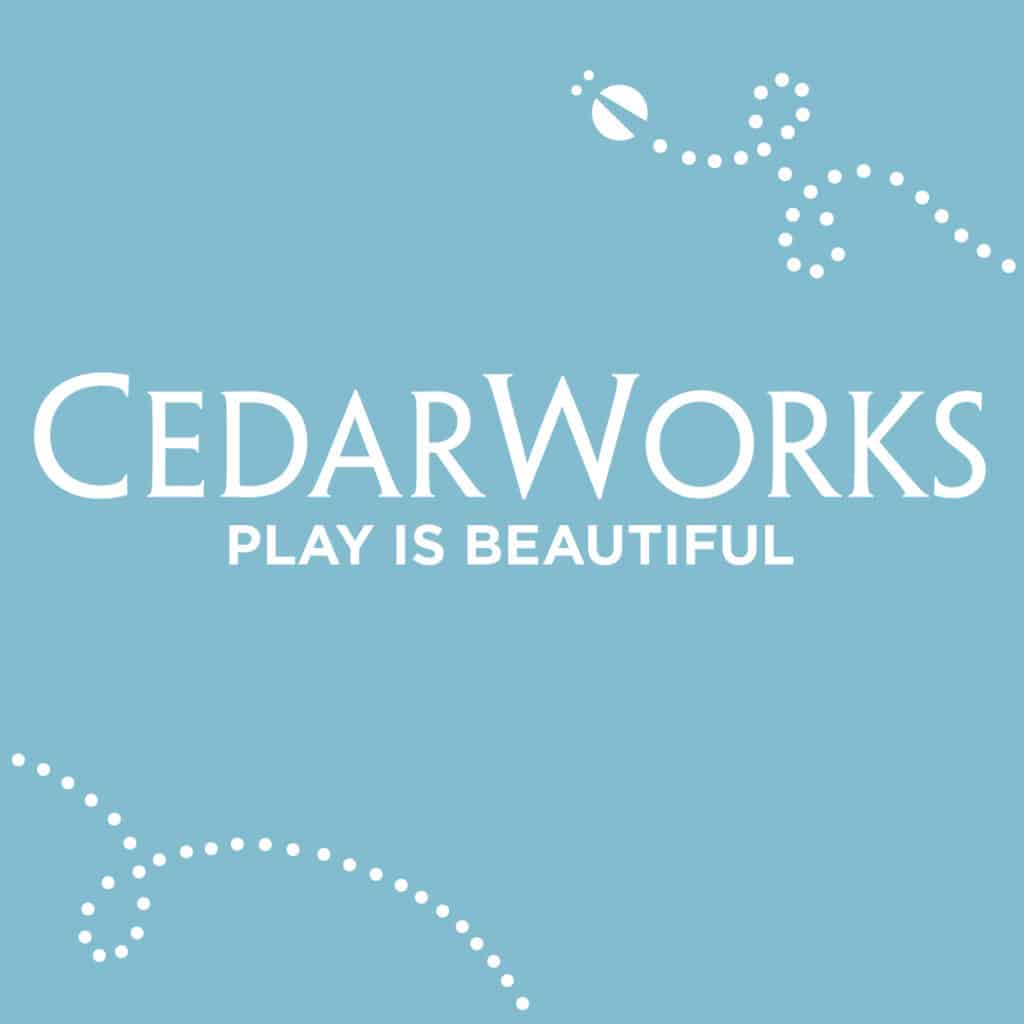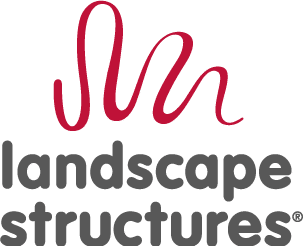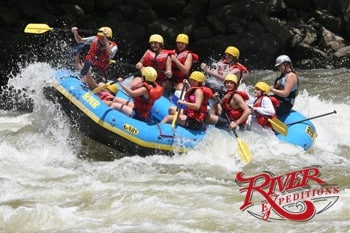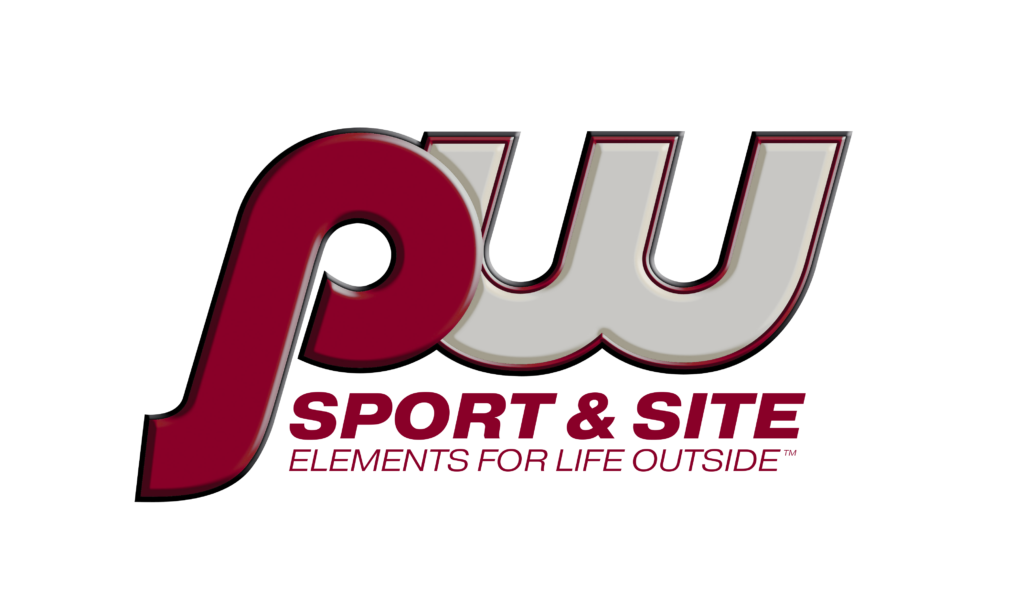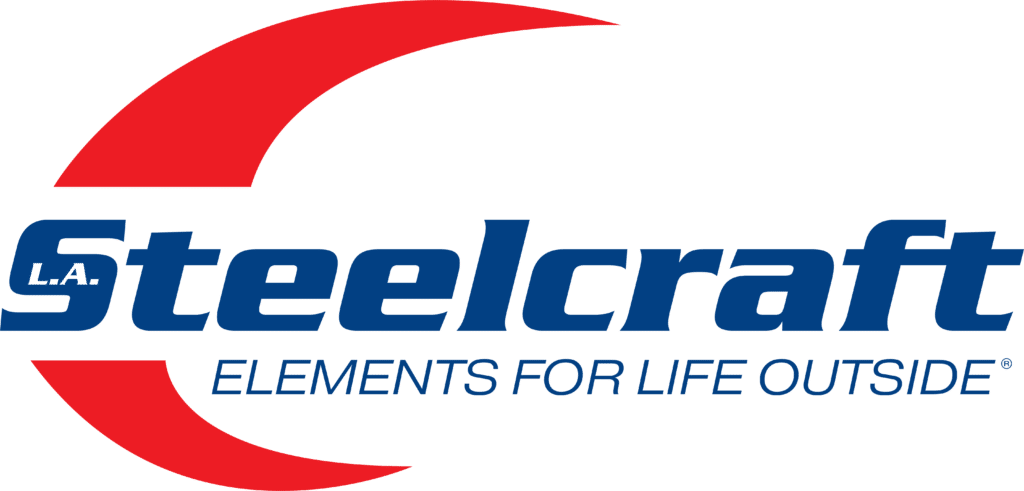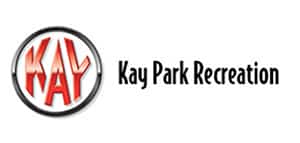When it comes to recreation surfaces, durability is second only to safety.
Poured in place rubber playground surface is a durable, permanent surface option—making it safe, long-lasting and virtually maintenance-free!
The rubber playground surface material is highly customizable for depth, color, shape and design. The pour in place method allows for a recreational flooring surface that is not only safe and durable, but also virtually limitless in design options.
Because the components are mixed and applied on site, school colors, logos, games and/or geometric shapes can be permanently incorporated into the surface, allowing for a visually appealing and even functional rubber surface design.
Does Your Playground Size Matter?
Poured rubber is a safe, durable and excellent flooring choice for most playgrounds, but sometimes it may not be the most cost-effective option for small playground surfaces.
Sometimes the size of the playground is the determining factor in the type of material that is ultimately chosen for the flooring surface.
When building new or upgrading an existing playground, school officials see poured rubber as a great playground surface option for its safety and durability. But depending on the size of the playground area, it can be somewhat cost-prohibitive.
It is our experience that you should have at least 1,000 square feet of surface available for a poured in place rubber playground solution.
Why? Because the cost of the materials, preparation of the existing surface, and the labor involved can make a small project expensive to install.
Does that mean you can’t have a rubber safety surface on your small playground? Absolutely not, you do have options.
One option is Prefabricated Tile. These rubber safety tiles are a great alternative because they come in a variety of colors, they are very durable, they meet fall height requirements up to 8 feet, and they have ADA compliant edges and accessories. They can also be used in hard-to-reach areas like rooftops and parking areas and especially small playground surfaces.
Another option is Self-Install Rubber Mats or Rolls. Found in home improvement stores or hardware stores, with a little DIY effort, these can sometimes be a less expensive option for small play areas. Available with both interlocking and adhesive applications, rubber playground mat can be an alternative surface.
Fitting Surfacing Within Your Budget
New playground surfacing isn’t inexpensive. But there are several ways to save time and especially cost when having a new playground surface installed.
One of the most frequent questions we hear when people call us to ask about a new playground surface is “What can we do to get the playground surface to fit within our budget?”
We love to help our customers save money on their project and get the most out of their budget. Believe it or not, there are a few basic things that can be done to help with cost savings.
How can you get the most out of our playground surfacing budget?
The first thing we recommend is utilizing a 50/50 black/color mix for the surface installation. (It’s the colored rubber that is the most expensive product used in poured in place surfacing.)
By reducing the percentage of the colored rubber by half, thousands of dollars can be saved on a playground surfacing project.
This causes some concern initially as customers sometimes worry that their poured in place surface will not have the vibrant color they are looking for. In fact, even with a 50/50 mix, the color is very pronounced.
Another way to realize some cost savings is to do the prep work yourself. Typically, before we can install a new playground surface, an existing play surface of some sort needs to be removed.
While we’re happy to include these labor charges in our project costs, we encourage property owners and community volunteers to put their own sweat equity in to the project and save the budget for a fabulous looking play surface.
Especially for local parks and recreation areas, we suggest getting the community involved and organizing a day for everyone to help out. Having volunteers remove existing mulch can save substantially on labor cost of a playground surfacing project.
Proper Maintenance & Care
There is no playground surface that is completely 100% maintenance free—not even poured in place rubber playground surfaces.
Probably the most common misconception with rubber playground surface is that it is maintenance free. Like everything else in the world, this product requires a little bit of TLC to keep it looking great (and functioning properly).
A poured in place surface features durable and long-lasting material. However, a little routine maintenance is needed to keep the surface looking great and performing well.
The first item that needs to be addressed is wear in high-traffic areas. This usually occurs under swings, slides and on the perimeter of merry-go-rounds. With children constantly dragging their feet to stop momentum in these areas, some maintenance becomes necessary.
Always make sure your playground safety surface is kept clean. Should a spill occur or if someone tracks in some unwanted debris, make sure it is cleaned as soon as possible.
If spills such as soft drinks, gum, chemicals, glue or other liquids are not cleaned from the surface quickly, it can cause loss of color to the poured in place surface. Simple soft soap like a laundry detergent and warm water seem to work best.
When thinking about a new playground surface, always make sure to discuss a future maintenance plan with your contractor.
Poured in place playground surfaces, while not 100% maintenance free, are very durable, very long-lasting, and very safe. So, although not much in terms of maintenance is needed on rubber poured in place surfaces, no product is truly 100% “maintenance free.”
This information is courtesy of adventureTURF, a turn-key park and playground rubber flooring installer, www.adventureturf.com.


